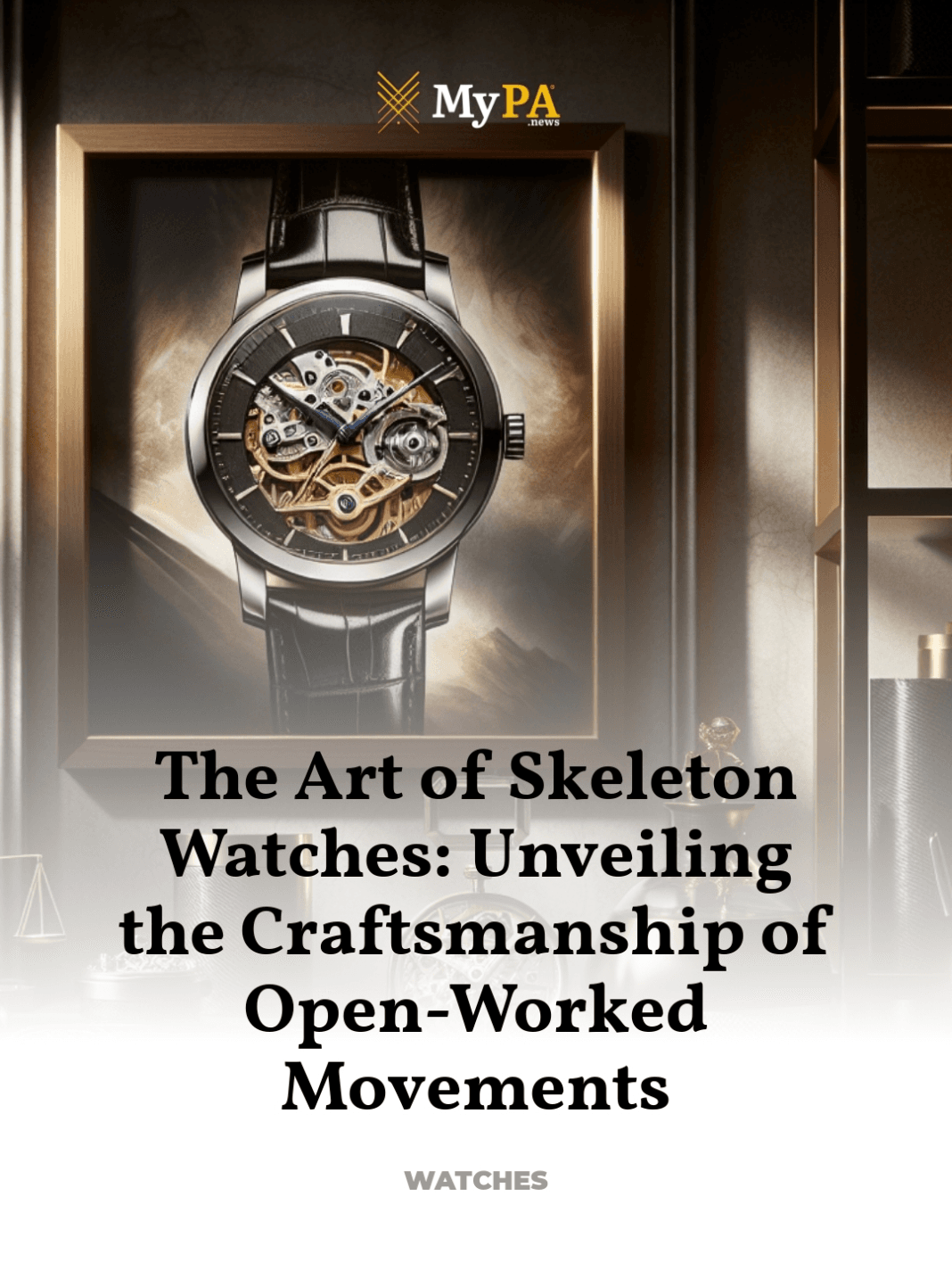A look into the craftsmanship behind open-worked movements and why they captivate collectors
The allure of skeleton watches lies not just in their ability to tell time, but in their mesmerizing display of the artistry and precision that goes into their creation. These timepieces, with their intricate open-worked movements, offer a window into the soul of watchmaking, captivating collectors and connoisseurs alike.
- The Historical Evolution of Skeleton Watches
- Masterful Craftsmanship Behind Skeleton Watches
- Design Elements and Aesthetic Appeal
- Technological Advancements in Skeletonization
- Why Collectors are Captivated by Skeleton Watches
- Iconic Skeleton Watches and Their Makers
- Cultural Significance of Skeleton Watches
The Historical Evolution
The concept of skeletonization in watchmaking is not a modern innovation but rather a testament to the enduring fascination with mechanical artistry. Originating in the 18th century, the practice was first adopted by French and Swiss watchmakers who sought to showcase the beauty of the mechanical movements within their creations.
Masterful Craftsmanship Behind Skeleton Watches
Creating a skeleton watch is a labor of love, demanding not only technical expertise but also an artistic touch. Each movement is carefully disassembled, cut away, and finished to highlight its mechanical complexity while ensuring it functions with impeccable precision.
- Disassembly and Cutting: Skilled artisans meticulously remove unnecessary metal, enhancing the movement’s visual appeal without compromising its integrity.
- Decoration: Techniques such as engraving, chamfering, and polishing are employed to embellish the movement, making each piece unique.
- Reassembly: The movement is then reassembled, requiring precise alignment to ensure flawless functionality.
Design Elements and Aesthetic Appeal
The aesthetic appeal lies in their transparency. Designers and watchmakers collaborate to create a harmonious balance between form and function, often incorporating elements that reflect the brand’s identity.
Technological Advancements in Skeletonization
Advancements in technology have broadened the possibilities for watch designs. Laser cutting and 3D printing are now used alongside traditional handcrafting techniques, allowing for even more intricate and precise designs.
Why Collectors are Captivated by Skeleton Watches
For collectors, skeleton watches are not just timepieces but pieces of art. They are drawn to the transparent complexity and the skill required to create such masterpieces. Each watch tells a story of its maker’s prowess and the evolution of watchmaking technology.
Iconic Skeleton Watches and Their Makers
Several brands have distinguished themselves in the realm of watches. Brands like Audemars Piguet, Cartier, and Piaget are renowned for their innovative designs and exquisite craftsmanship.
- Audemars Piguet Royal Oak Openworked: A perfect blend of robustness and elegance, this model features a meticulously open-worked movement visible through sapphire crystal.
- Cartier Santos-Dumont Skeleton: It combines Cartier’s signature design elements with a fully exposed movement, transforming traditional gears and wheels into decorative art.
- Piaget Altiplano Skeleton: Known for its ultra-thin movements, Piaget showcases mechanical finesse without compromising on style.
Cultural Significance of Skeleton Watches
Skeleton watches transcend their functional role to become symbols of luxury and innovation. They reflect the wearer’s appreciation for art and history, and their desire to connect with the time-honored tradition of watchmaking.
In conclusion, the skeletonization in watches are much more than timekeeping devices; they are a celebration of the art and science of watchmaking. They challenge the boundaries of design and technology, all while honoring the rich heritage of their craft. For collectors and enthusiasts, owning a skeleton watch is a profound expression of their passion for the intricate beauty of mechanical movements.
For further exploration into the world of luxury watches, consider visiting authoritative sources such as WatchTime’s extensive archives.



